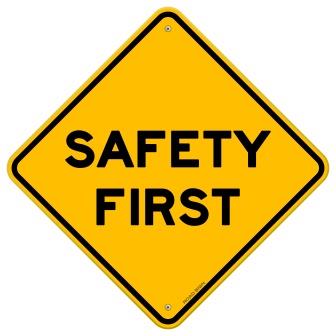Brussels’ plans to limit sulphur emissions from shipping are set to emulate international rules, but may still create a confusing array of fuel limits, as well as endangering some shipping routes.
The European Commission’s amendments to the sulphur in marine fuels directive have now been provisionally agreed by the Council and Parliament, with final approval expected to be rubber-stamped within two months unless there is additional debate by ministers.
The latest compromise sees the directive aligned closely with the deadlines and sulphur limits that were agreed at the International Maritime Organization in 2008, when annex VI of the marine pollution rules was amended.
Brussels has backed down from tightening limits for passengerships outside an emission control area until 2020, but has largely ignored the caveat written by the IMO that allows for a global assessment of low-sulphur fuel availability to postpone the 2020 reduction limit until 2024.
The IMO is deliberating how its fuel availability study will be undertaken, but it was decided in 2008 that there may not be enough fuel in 2020 for the whole of the global shipping industry to switch to using fuels of either 0.1% sulphur content in an ECA, or 0.5% outside the ECA.
The industry has been vocal for the past three years, claiming the low-sulphur rules in the ECAs will be hard to swallow and will force shortsea shippers to raise their bunker prices, causing customers to find other transport solutions, such as using rail and truck. It could also lead to some routes being closed.
The argument has been that this modal shift contradicts the commission’s own environmental targets for industries and, as a result, the commission should act to prevent this modal shift happening.
Wording from the new directive calls on member states to use available aid for investment costs on sulphur-reducing technology, as it recognises that such investments could have a negative impact on competitiveness and also lead to a modal shift.
However, European Community Shipowners’ Associations secretary-general Alfons Guinier says this will still do nothing to alleviate the problem of the 2015 deadline where the cap is 0.1% in the ECAs.
But he says there is a small opportunity, given that Brussels has written the directive in such a way as to incorporate any future amendments the IMO may have to Marpol Annex VI.
If an IMO member state submits a proposal now to postpone the 2015 deadline at the IMO, and it was agreed, then it would apply to the EU directive as well.
There have not, however, been any member states willing to put such a proposal into the IMO, mostly as this would be seen as a step backwards in environmental legislation.
Mr Guinier does, however, feel there is scope for exemptions to be allowed by member states that are expected to bring the IMO and EU rules into their national rules.
He cited the US as an example. The waters surrounding most of North America are set to become an ECA and follow the same emissions reductions of the ECA regions of northern Europe.
The US has offered an exemption to certain steamships in its coastal and Great Lakes waters that would otherwise have to be taken out of service in 2015.
Mr Guinier believes member states should be considering making such exemptions for some of the shortsea shipping that is under threat in northern Europe.

